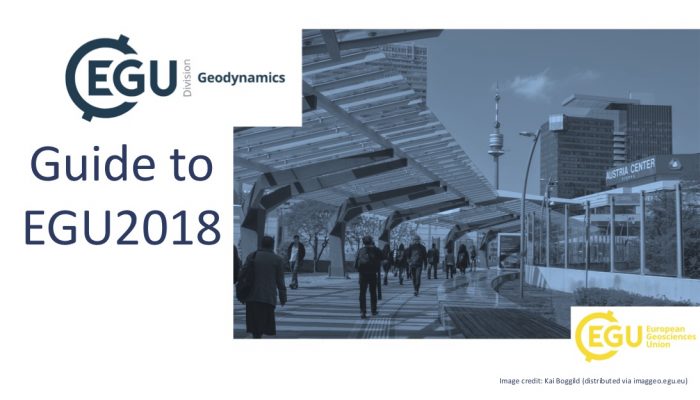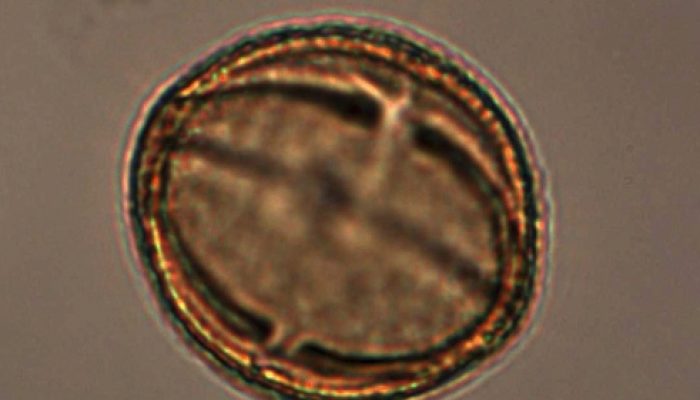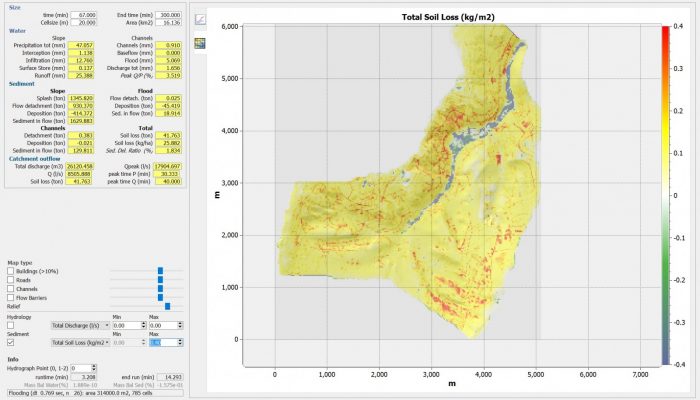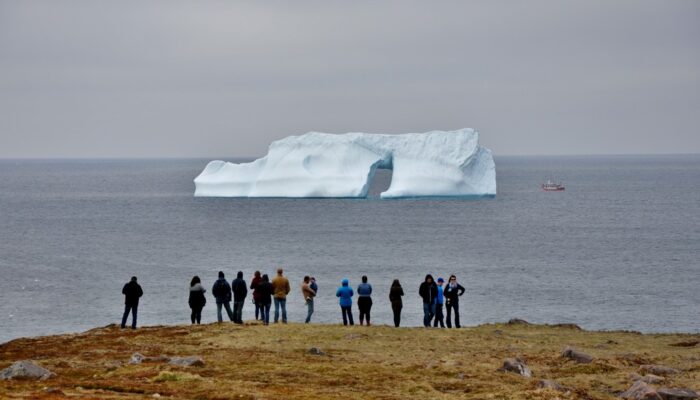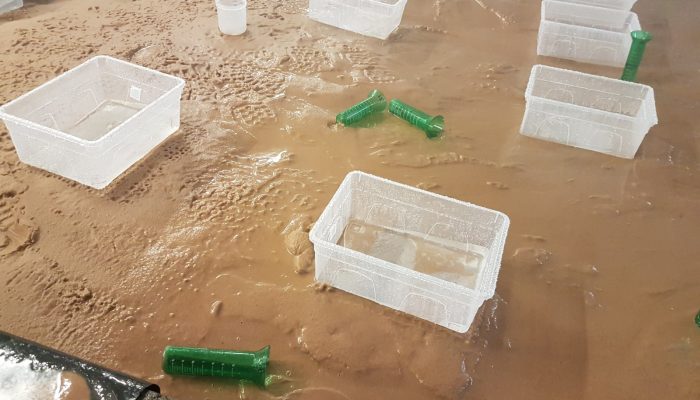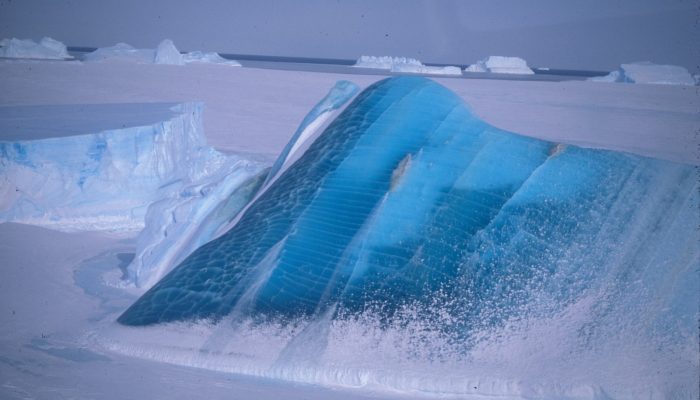Are you still deciding on how to best fill your EGU General Assembly program next week in Vienna? Wondering what is on offer specifically for the Geodynamics (GD) early career community? Our EGU GD Early Career Scientist representative, Adina Pusok (Scripps, UC San Diego), shares some planning tips and event highlights for the big week ahead. We are looking forward to seeing you there! The EGU Gen ...[Read More]
If you didn't find what you was looking for try searching again.
Climate: Past, Present & Future
Pollen, more than forests’ story-tellers
Name of proxy Sporomorphs (pollen grains and fern spores) Type of record Biostratigraphy and Geochronology markers, Vegetation dynamics Paleoenvironment Terrestrial environment Period of time investigated Present to 360 million years How does it work? The sporomorphs (pollen grains and fern spores) are cells produced by plants involved in the reproduction. They are microscopic (less than a fifth o ...[Read More]
GeoLog
Blogs and social media at EGU 2018 – tune in to the conference action
With hundreds of oral presentations, PICO sessions and poster presentations taking place each day, it can be difficult to keep up with everything that is on offer during the General Assembly. As well as finding highlights of interesting conference papers, lectures and workshops in the daily newsletter at the General Assembly, EGU Today, you can also keep up to date with all the conference activiti ...[Read More]
Natural Hazards
Multi-Natural-Hazards: how can we deal with such complex chain of events?
Today we have the honor to have Prof. Victor Jetten as our guest. Throughout his career Victor, has been working in modelling of natural hazard and land degradation processes. Starting with biomass and grazing capacity, the effects of logging on the natural rain forest water balance, he then moved to soil erosion and land degradation processes as a result of land use change and overgrazing. He bel ...[Read More]
GeoLog
Imaggeo on Mondays: Iceberg viewing in Cape Spear, Newfoundland, Canada
Cape Spear in Newfoundland, Canada is the easternmost location in North America and one of the few places in the world where you can contemplate icebergs from the shore. Every year, about 400 to 800 bergs journey down to this particular point. These 10,000-year-old ice giants drift along the northern shore of Newfoundland with the Labrador Current. About 90 percent of these icebergs come from west ...[Read More]
Stratigraphy, Sedimentology and Palaeontology
Blame it on the Weatherman
I like rain. Being British, this is a useful trait. It’s also what led me to do a PhD in Hydrometeorology. Since then, I have researched in hydrology, hydraulics, geomorphology, and more recently I have dabbled in sedimentology. Yet, the common theme through all of my research has been rain. I think it’s often underappreciated by those of us more interested in dry stuff like sediment and rocks, bu ...[Read More]
Geomorphology
EGU – realm and maze?
– written by Micha Dietze, Annegret Larsen (both GM Early Career Representatives), and Anouk Beniest (EGU TS Early Career Representative) – An interview with the Susanne Buiter, the current chair of the EGU Programme Committee Susanne Buiter is senior scientist and team leader at the Solid Earth Geology Team at the Geological Survey of Norway. She is also the chair of the EGU Programme ...[Read More]
Cryospheric Sciences
Image of the Week – Super-cool colours of icebergs
It is Easter weekend! And as we do not want you to forget about our beloved cryosphere, we provide you with a picture nearly as colourful as the Easter eggs: very blue icebergs! What makes them so special? This is what this Image of the Week is about… What are icebergs made of? Icebergs are chunks of ice which break off from land ice, such as glaciers or ice sheets (as you’ll know if you rem ...[Read More]
GeoLog
Presenting at the General Assembly 2018: A quick ‘how to’ from the EGU
The schedule is out, presentation slots have been assigned and it’s time to start thinking about putting yours together. Whether you have an oral, poster or PICO slot, we have a suite of simple guidelines to get you ready for the conference! Orals The guidelines for oral presentations are online. All oral presentations should have the dimensions 16:9 or 4:3 and last about 12 minutes, with 3 minute ...[Read More]
Cryospheric Sciences
A brief guide to Navigating EGU 2018!
Are you going to the EGU General Assembly in Vienna in just over a week? If so, read on for a quick guide to navigating the week: Where to start, what to see and how to meet people and enjoy yourself! After all, the meeting is as much about the opportunities to meet scientists from all over the world as it is about the science itself. How on Earth do I know what is going on?! The EGU General Assem ...[Read More]

